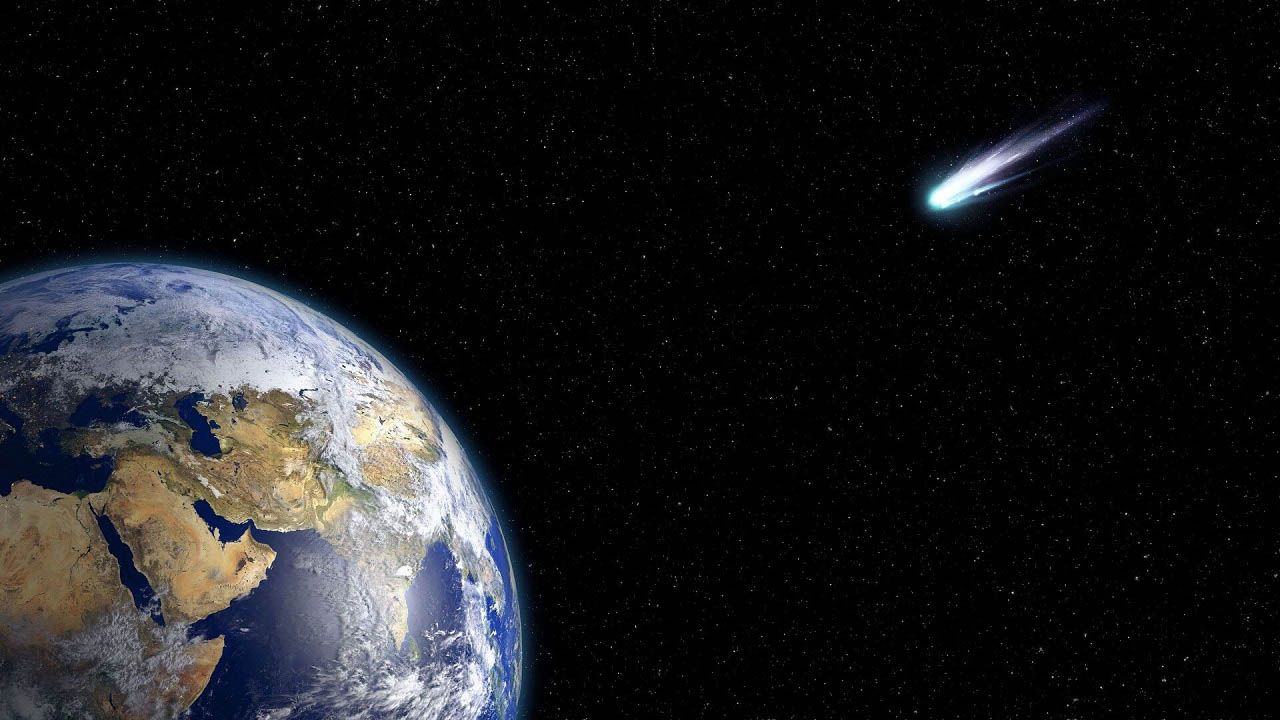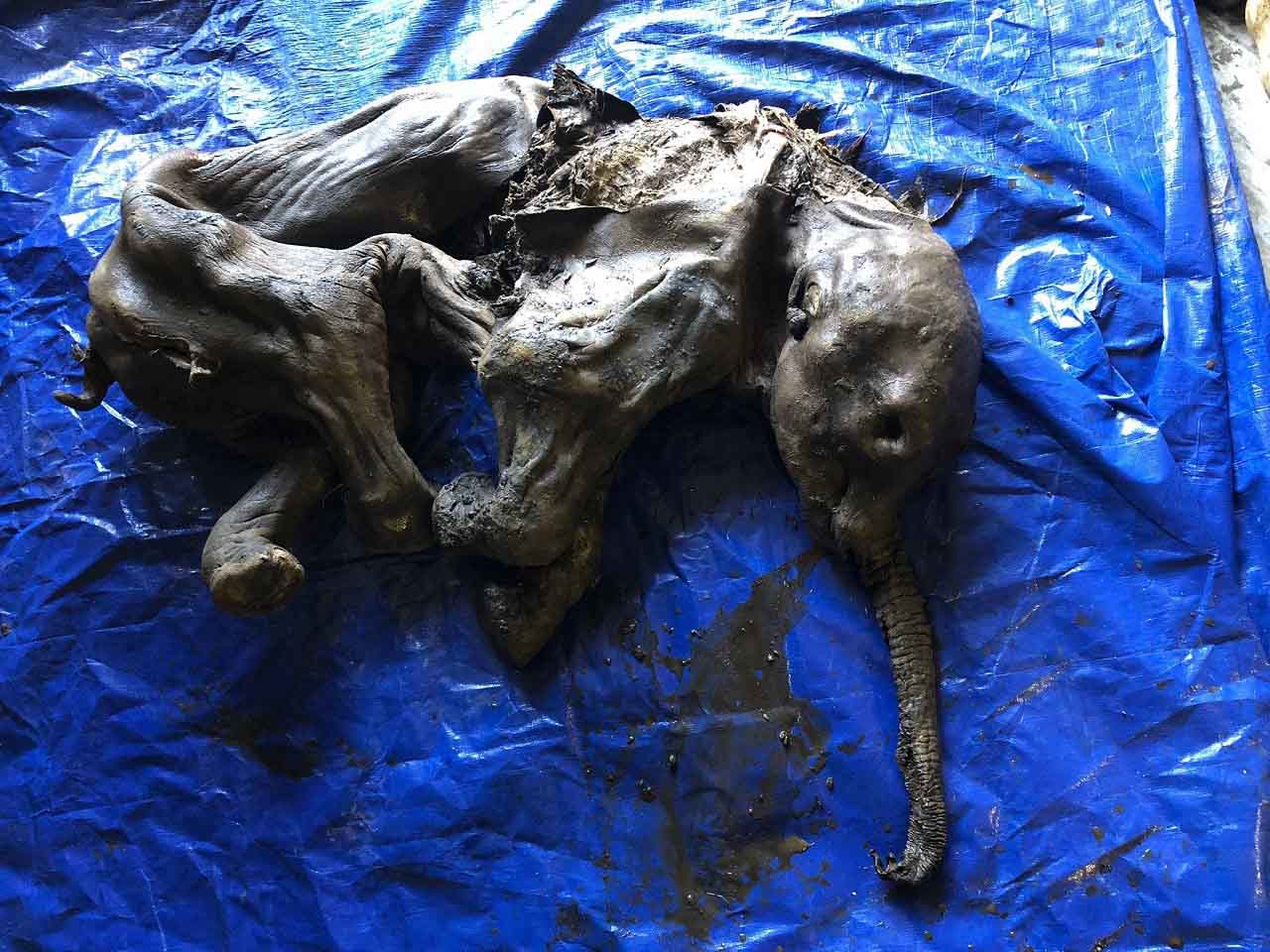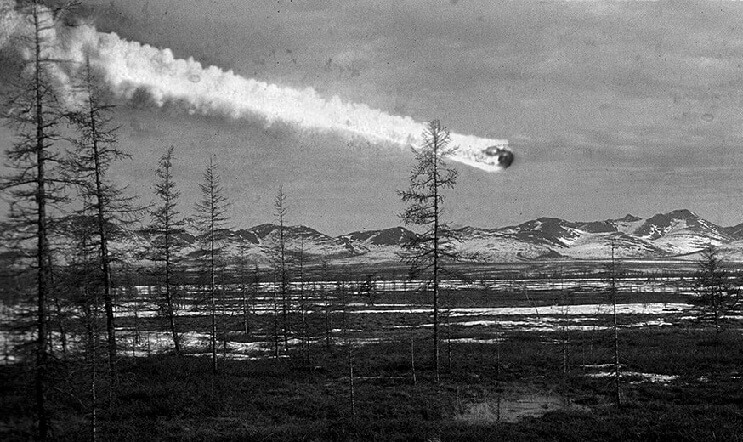Extinction of mammoths may have been caused by the explosion of a comet that entered the atmosphere - new study
Woolly mammoths have inhabited the earth for hundreds of thousands of years, mostly in cold regions.
Then something happened. The earth has changed. Mammoths ( Mammuthus primigenius ) disappeared in a surprisingly short time . The last mammoth died 4000 years ago on the barren Wrangel Island in the Arctic.
It is believed that humans have contributed a lot to their disappearance , but it is not known what factors may have caused the climate to change in such a way that their existence became impossible. According to one theory, around 13,000 years ago, Earth was hit by a cosmic event that warmed the planet to the point where mammoths could no longer exist, paving the way for new species.
This is called the Younger Dryas Impact Theory (YDIH) and it is quite controversial to say the least . Moreover, according to some scientists, this idea has flaws and they were looking for evidence to support it.
One of them is Christopher Moore, an archaeologist from the University of South Carolina.
"Some of our critics were saying, 'Well, where's the crater?' So far, we haven't really found a crater or craters," says Moore.
Still, Moore and his colleagues believe that evidence can be found if you don't limit your research to just the Earth's surface. It is also believed that some of them have already been found - in the form of minerals with certain characteristics, which are best explained by the fall of a comet.
In a recent study, they described several such lines of evidence that, in total, they say tell a compelling story.
Various pieces of evidence have been found in samples taken from sedimentary layers in different parts of the world; According to radiocarbon dating, they are all 12,800 years old—the time when the space body would have fallen.
Samples taken from about 50 locations around the world (North and South America, Europe, Asia, and the ice sheets of Greenland) showed clues that could point to a comet falling to Earth.
Microparticles associated with widespread wildfires , e.g. year Combustion aerosols , which spread into the atmosphere during the burning of matter.
Large amounts of platinum have been found in samples from other parts of the world, such as Syria and three widely separated sites in North America. As Moore explains, platinum is rare in Earth's crust but relatively abundant in comets.
In the same sedimentary layer, there is an increased iron concentration, the concentration of microscopic balls, which are called microspherules . They are formed when molten material is ejected into the air, such as when a meteorite hits the surface and melts or explodes in the atmosphere.
Finally, in samples taken from widely separated locations in North America, researchers found quartz fragments for the first time near the boundary of the Younger Dryas layer. This quartz has microscopic cracks that are the result of a large shock impact.
According to Moore, something like this, which they saw in their samples, would generate enormous pressure.
The bigger picture that emerges from these puzzle pieces is that a comet crashed into Earth about 12,800 years ago, and that impact may not have created the crater at all. If the comet exploded in the atmosphere, the resulting shock wave should have washed over the surface and produced all the elements the researchers found, much like the Tunguska meteorite created great chaos on the planet's surface without leaving any major cracks.
It is still difficult to draw any conclusions from the solution. According to a study published last December , "the arguments used to support the Younger Dryas impact theory rely on flawed methodology, inappropriate assumptions, dubious conclusions, misstatements of facts, misinformation, unsubstantiated claims, singular observations, logical fallacies, and deliberate neglect of contrary information."
Therefore, a lot of scientific data is still needed before we can come to any conclusions. However, other scientists point out that many scientific theories that were rejected in the past paid off in the future and gained a broad scientific consensus.
What no one can deny is that the fall of asteroids and comets is associated with large-scale changes in the environment. Such events have changed the course of life on Earth many times in the past; Although the solar system is much quieter now than it once was, the chance of such an event in the future is still not exactly zero.
The study was published in Airbursts and Cratering Impacts .
Prepared by ScienceAlert.





